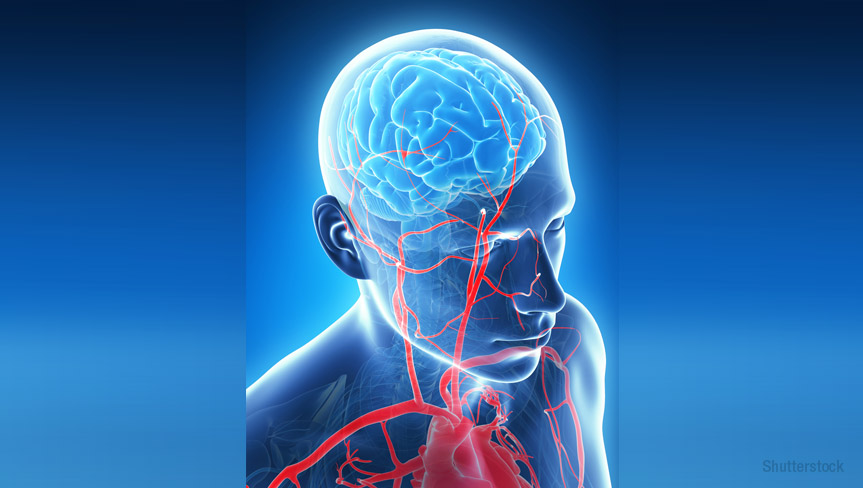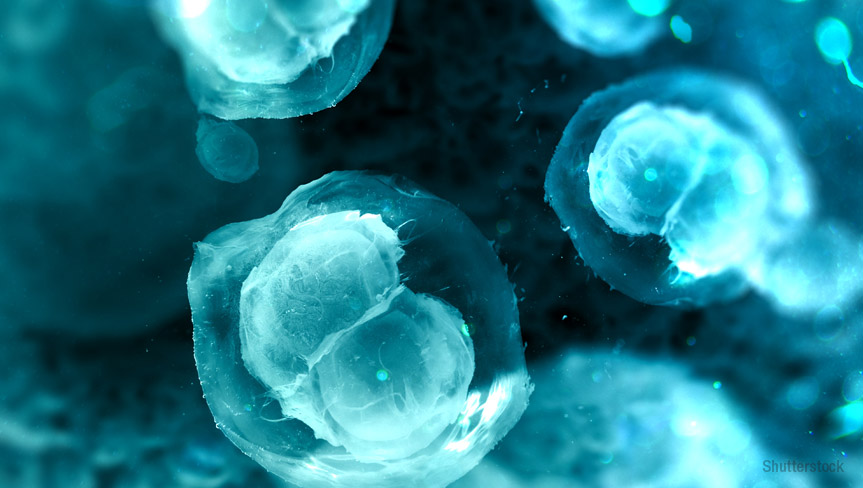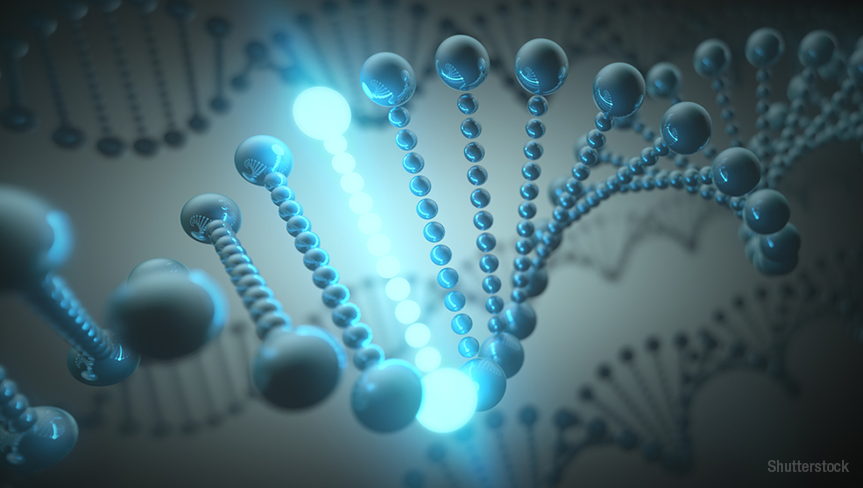14th September 2016
The total blood supply required by the brain
Every minute 750 ml of blood gets pumped through your brain, which is merely 15–20 per cent of blood flow from the heart. An adult brain requires about 20 per cent of the body’s oxygen. To meet this requirement, and other metabolic needs of the neurons, approximately 20 per cent of the blood flow is directed to the brain. Lack of adequate supply of blood to the brain can result in cerebral strokes or haemorrhages.





